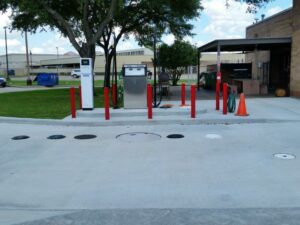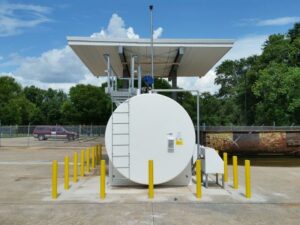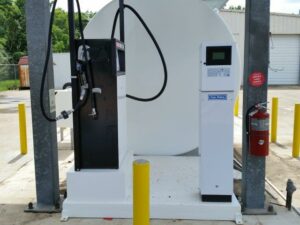AST/ UST Compliance, Installations, Upgrades, and Removal from Service
The regulatory framework for compliance with underground and aboveground petroleum storage tank (UST and AST) systems can be a daunting task for owners and operators of these systems in Texas.
Requirements for USTs and ASTs:
To begin, The requirements for USTs and ASTs that are promulgated and enforced by the Texas Commission on Environmental Quality (TCEQ) include, but are not limited to, the following:
- Record keeping- Class A, B, & C Operator Training and Refresher classes, operations, repairs/maintenance, UST system testing, monthly leak tests, 60 day spill bucket and sump inspections, inventory control and reconciliation
- Overfill, Overspill, and Release Detection- documentation of the presence and maintenance of these items
- Cathodic Protection (CP)- confirmation of materials of construction, CP surveys, periodic testing of sacrificial anodes, and rectifier readings
- Release Assessment, Release Reporting, and Corrective Action- Suspected and Confirmed Releases, Incident Reports, Assessment, Remediation, and Corrective Action
CRG Texas also has extensive experience in AST and UST system design, permitting, registration, installations and upgrades, and removals and in-place closures.



AST/ UST Tips
Our recommendation includes periodic third-party compliance reviews, audits, and subcontractor oversight for your fueling systems. These measures offer a robust level of assurance that your petroleum storage tank systems adhere to TCEQ regulations. By minimizing the risk of environmental releases, they also contribute significantly to protecting human health and the environment.
